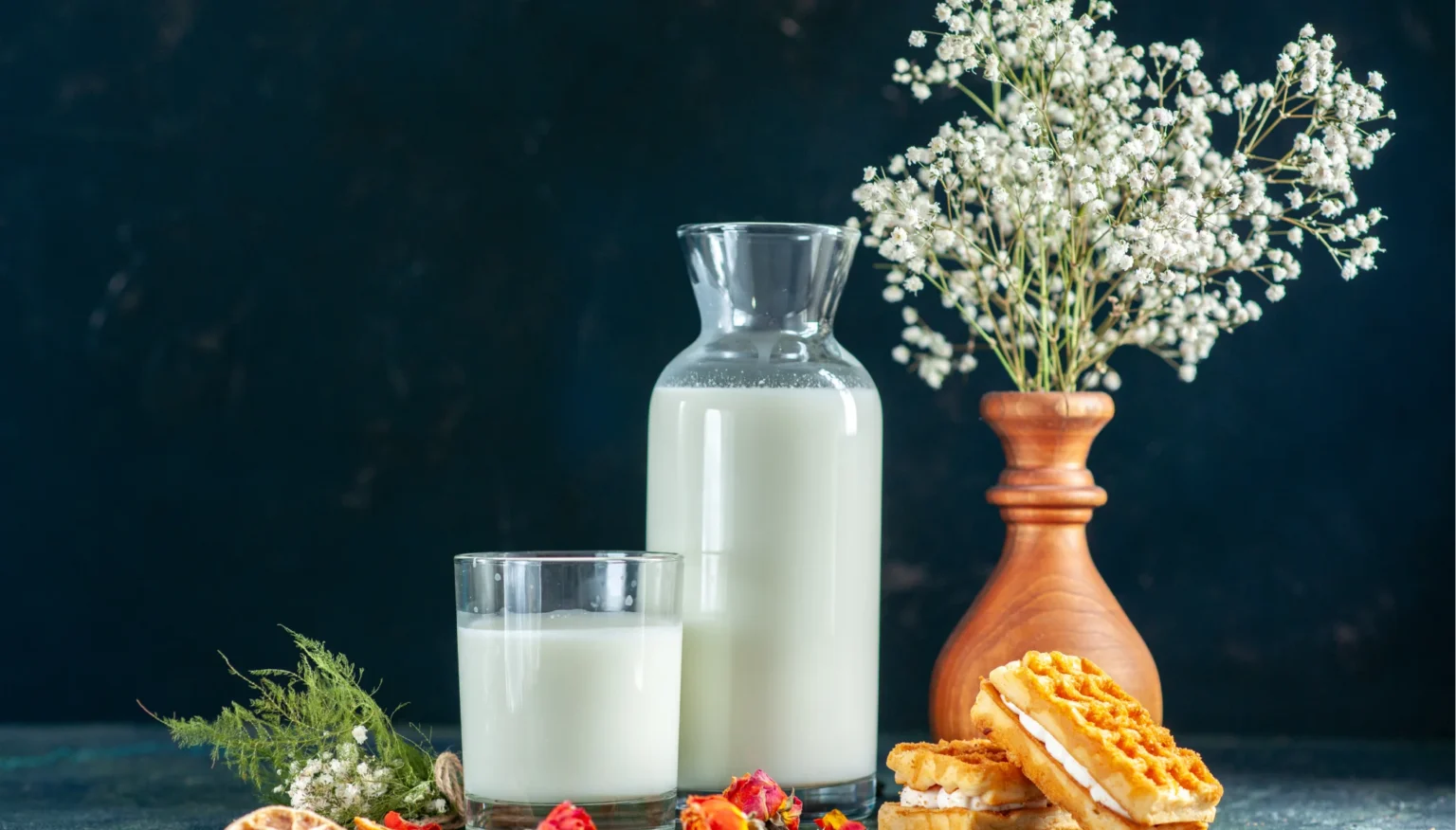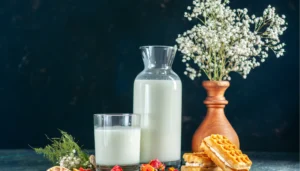Food photography encompasses a wide range of subjects, and milk is one of the most captivating. With its creamy texture, pristine white color, and inherent freshness, milk makes for an ideal muse. In this article, we will explore ten different milk photography ideas that showcase the beauty of this essential dairy product.
10 milk photography ideas
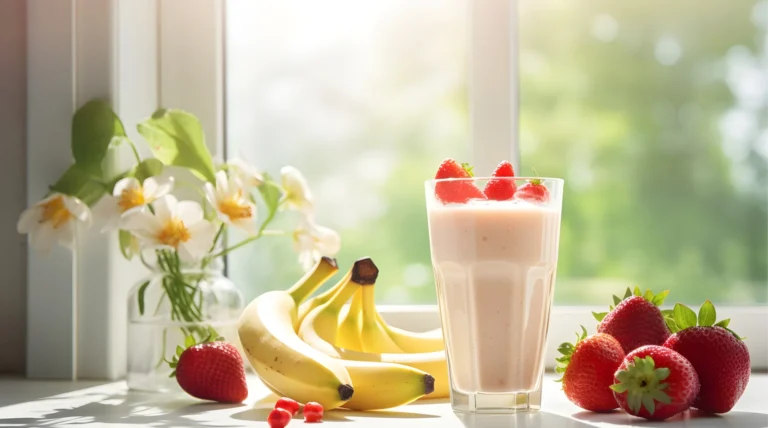
From dynamic action shots to delicate macro close-ups, the creative possibilities are boundless when photographing milk. So, here are some ideas of how you can photograph milk:
1.Pouring Action Shot:
- Use a fast shutter speed to freeze the motion of the milk being poured.
- Experiment with different pouring heights and angles to capture unique patterns and shapes.
- Consider shooting against a plain background to emphasize the fluidity of the milk.
2.Splash Photography:
- Set up your camera on a tripod to ensure stability.
- Use a high-speed burst mode to capture multiple frames of the milk splash.
- Adjust the lighting to highlight the texture and shape of the splash.
- Try dropping various objects into the milk to create different splash effects.
3.Macro Close-Up:
- Use a macro lens or extension tubes to get up close to the milk droplets or bubbles.
- Adjust the aperture to control the depth of the field and focus on specific details.
- Consider using a diffused light source to soften harsh shadows and highlight the texture of the milk.
4.Milk and Cookies:
- Arrange the cookies and milk in an aesthetically pleasing manner.
- Experiment with different types of cookies and milk vessels for variety.
- Pay attention to the composition and balance between the cookies and the milk.
5.Milk Mustache Portrait:
- Have your subject take a sip of milk and capture the moment when they have a milk mustache.
- Encourage natural expressions and emotions for authentic and engaging portraits.
- Experiment with different angles and framing to capture the milk mustache interestingly.
6.Milk in Nature:
- Choose a natural setting with ample natural light, such as a sunny field or a shaded forest.
- Incorporate elements of nature, such as flowers or greenery, to enhance the organic feel of the image.
- Use a wide aperture to create a shallow depth of field and draw attention to the milk.
7.Milk Art:
- Pour milk into a shallow dish or container and use tools like toothpicks or brushes to create intricate designs.
- Experiment with different techniques, such as swirling or marbling, to achieve various effects.
- Consider using food coloring or natural ingredients like cocoa powder for added visual interest.
8.Milkshake Madness:
- Prepare visually appealing milkshakes with colorful ingredients and garnishes.
- Experiment with different glassware and props to create a festive atmosphere.
- Use a shallow depth of field to emphasize the creamy texture of the milkshake.
9.Milk Froth Patterns:
- Prepare a milk-based beverage with frothed milk, such as a latte or cappuccino.
- Pay attention to the symmetry and detail of the froth patterns.
- Experiment with different pouring techniques to create unique designs.
10.Milk and Fruit Splash:
- Drop various fruits into a bowl of milk and capture the moment of impact.
- Experiment with different fruits and milk levels for diverse compositions.
- Adjust the lighting to highlight the colors and textures of the fruits and milk.
So, choose which one fits your project best and do it. Also, keep experimenting and let your imagination flow. These are just ten ways in which you can portray the milk. But, feel free to come up with your own.
Photography techniques and concepts for milk products
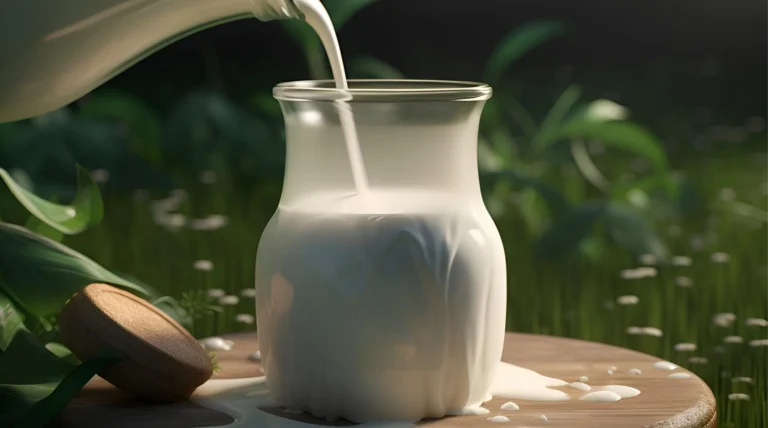
When photographing milk products, specific techniques and concepts can enhance the visual appeal and effectively convey freshness and quality:
- Lighting: Use soft, diffused lighting to highlight the creamy texture and purity of milk. Avoid harsh shadows that can distract from the subject.
- Composition: Experiment with different compositions, angles, and perspectives to create visually interesting images. Consider factors like symmetry, balance, and negative space to draw the viewer’s eye to the main subject.
- Props and Styling: Choose props and styling elements that complement the milk product and enhance its appeal. Fresh fruits, rustic backgrounds, and minimalist props can add visual interest without overshadowing the main subject.
- Texture and Detail: Focus on capturing the creamy texture and intricate details of milk products. Close-up shots and macro photography can highlight the nuances and subtleties that make the product enticing.
- Freshness and Authenticity: Emphasize the freshness and authenticity of milk products by incorporating elements like natural settings, organic textures, and genuine moments. Authenticity resonates with consumers and reinforces trust in the product.
- Color and Contrast: Pay attention to color contrast and balance to create visually striking images. Experiment with complementary colors and vibrant accents to make the milk product pop against the background.
- Dynamic Elements: Incorporate dynamic elements like motion, splashes, or pouring actions to add energy and excitement to the images. These dynamic elements can create a sense of movement and capture the viewer’s attention.
Photography is vital in capturing the essence of milk products. By using lighting, composition, texture, and dynamic elements, you can create images that showcase the freshness and quality of the products, evoke emotions, and stimulate appetites. Each technique offers a unique opportunity for creative expression and storytelling, enriching the sensory experience for consumers and fostering appreciation for this timeless ingredient.
The advantages of CGI over traditional methods
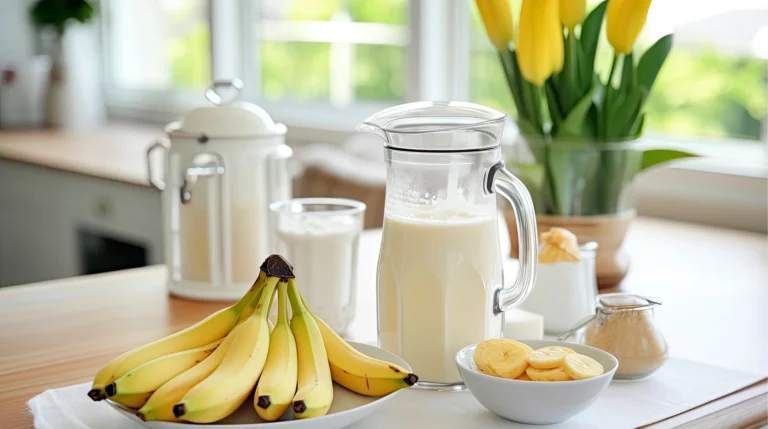
In today’s digital age, integrating computer-generated imagery into photography offers several opportunities for creating stunning milk shots that captivate audiences and enhance a brand’s image. Try us for free and see how your images can look!
With 3D assets, you have unparalleled control over every aspect, from lighting, composition, and texture to color. Also, you can precisely adjust and manipulate the image to achieve the desired aesthetic. It opens up a world of creative possibilities that were previously unimaginable.
One of the key benefits of using 3D images in milk photography is the ability to simulate realistic liquids with unparalleled accuracy. With advanced liquid simulation software, you can create lifelike milk splashes, pours, and drops that rival the real thing. This level of precision ensures consistent results and eliminates the need for time-consuming adjustments. Additionally, 3D renders permit complete control over the environment thus allowing you to seamlessly integrate it into any scene or backdrop without imposing physical restrictions.
Moreover, CGI offers endless opportunities for experimentation and creativity. You can explore unconventional concepts and push the boundaries of traditional photography. Whether it’s creating fantastical worlds where milk flows like rivers or creating complex images with intricate detail, the only limit is your imagination.
Furthermore, it enables you to adjust and refine image elements during post-production, adding flexibility and efficiency to the creative process. This iterative approach authorizes rapid iteration and refinement until the perfect image is achieved, saving time and resources compared to traditional photography.
Another compelling reason to consider switching to computer-generated images for milk photography is the cost-effectiveness and sustainability it offers. Unlike traditional photography, which often requires expensive equipment, props, and studio rentals, digital renders are created using software on a computer, significantly reducing overhead costs.
Furthermore, it offers unparalleled consistency and repeatability, ensuring that every image meets the highest standards of quality and consistency. Unlike traditional photography, where variations in lighting, composition, and other factors can lead to inconsistencies between images, it lets you create a library of assets that can be reused and repurposed across different projects. This saves time and resources and helps maintain brand consistency and coherence across various marketing channels.
Additionally, 3D renders offer greater versatility and adaptability, allowing you to easily modify and customize images to meet specific needs and preferences. Whether it’s adjusting the color and texture of the milk or fine-tuning the composition and lighting, you can tailor the final image to suit individual tastes and requirements. This level of customization ensures that every image is unique, enhancing the overall impact and effectiveness.
In conclusion, integrating CGI into milk photography offers numerous benefits. It provides unprecedented creative control, allows realistic liquid simulation, and creates fantastical environments. CGI is cost-effective, versatile, and sustainable. You can achieve stunning results, streamline your workflow, and reduce costs. Technology advances promise to revolutionize photography and offer new possibilities for innovation.
The importance of high-quality visuals in the food and dairy industry
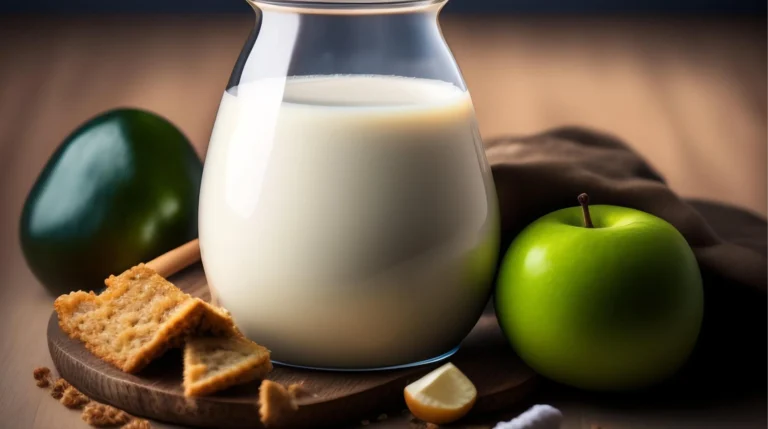
In the food and dairy industry, high-quality visuals play a crucial role in enticing consumers and conveying the freshness, quality, and desirability of products. Here’s why:
- Attractiveness and Appetite Appeal: Well-crafted images of milk and dairy products can stimulate appetite and trigger cravings. Vibrant colors, appealing textures, and enticing presentations make products more attractive to consumers.
- Brand Image and Trust: High-quality visuals help establish a positive brand image and convey professionalism and attention to detail. Consumers are more likely to trust brands that present their products in an appealing and visually appealing manner.
- Differentiation and Competition: In a crowded market, captivating visuals can differentiate a brand from its competitors. Unique and creative photography can make products stand out and capture consumers’ attention amidst numerous options.
- Emotional Connection: Visuals have the power to evoke emotions and memories. Well-executed photography can evoke feelings of comfort, indulgence, or nostalgia, making consumers more inclined to choose a particular brand or product.
- Online Engagement: With the rise of social media and e-commerce, visually appealing images are essential for driving online engagement and sales. Eye-catching visuals increase the likelihood of consumers stopping to browse, click, and ultimately make a purchase.
High-quality visuals are crucial in the food and dairy industry. They entice consumers, establish brand credibility, and create emotional connections. Brands that prioritize visuals stand out and foster stronger relations with customers, ultimately driving growth.
Wrapping up
Milk is a unique and visually appealing subject for food and dairy photography. You can use creative techniques to turn this simple beverage into captivating works of art that evoke emotions and stimulate appetites.
FAQ
Is milk photography difficult to master?
Milk photography can present its challenges, especially when dealing with liquid dynamics and lighting. However, with practice and experimentation, you can develop the skills needed to capture stunning milk images.
What equipment do I need for milk photography?
Basic equipment for milk photography includes a camera with manual settings, a tripod for stability, lighting sources such as softboxes or natural light, and props to enhance compositions.
How does CGI help achieve beautiful milk photos?
CGI enables you to simulate realistic liquids, such as milk, with unparalleled accuracy. Advanced fluid simulation software allows for the creation of lifelike milk splashes, pours, and droplets. Additionally, it offers complete control over the environment, enabling seamless integration into any scene or backdrop.
Why consider switching to CGI instead of traditional photography for milk images?
CGI offers numerous advantages over traditional photography, including cost-effectiveness, sustainability, and versatility. It eliminates the need for expensive equipment and physical props, reduces waste, and provides greater flexibility in the creative process.
Can CGI achieve the same level of realism as traditional milk photography?
Yes, it can achieve incredibly realistic results that rival traditional photography. With advanced software and techniques, you can create images that are indistinguishable from photographs taken using traditional methods. CGI also offers consistency and repeatability, ensuring that every image meets the highest standards of quality.
